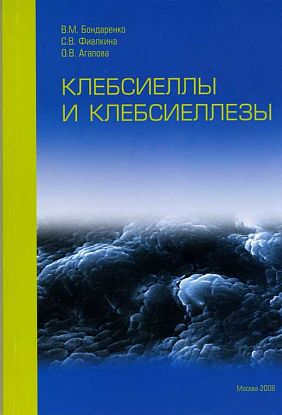O.V. Rybalchenko, V.M. Bondarenko, V.P. Dobritsa. Atlas of Human Intestinal Microbiota Ultrastructure. St. Petersburg, Information and Publishing Center of the Military Medical Academy, 2008, 112 p.
 Introductory note by member of the Russian Academy of Medical Sciences A.L. Gintsburg.
Introductory note by member of the Russian Academy of Medical Sciences A.L. Gintsburg. Reviewers: professors V.B. Sboychakov and I.S. Tartakovsky.
Recommended for publishing by the Editorial and Publishing Board of St. Petersburg University.
The atlas contains materials on the morphological and functional characteristics of various taxonomy groups of normal resident and facultative human intestinal microflora. Special attention is paid to gram-positive and gram-negative aerobic and anaerobic, rod and coccus forms of opportunistic pathogens being agents of opportunistic infections. The materials are illustrated with original electronic micro photos by the authors showing the ultrastructure of the cells, their form, sizes, presence of capsules, fimbria, and flagella on the surface. The structure of yeast and mycelial cells of Candida fungi is analyzed in detail.
The atlas is one of the first works on morphology of the main representatives of the normal human intestinal microflora. It summarizes the data on the ultrastructure of certain cells and heterogenous microbial communities forming biofilms in the course of growth and development on the surface of intestinal mucosae. It provides characteristics of microbial populations, including protective surfaces structures of the cells, the matrix, the intercellular contacts in homogenous and mixed microbial communities and describes the mechanisms of autoflora translocation to the organs and tissues of the host with further development of opportunistic infections. It also describes the role of microorganism pathogenicity factors in development of the acute and chronic forms of the pyoinflammatory processes.
The atlas is a guidance manual. It is drawn up in accordance with the new requirements to the general and medical microbiology program and can be used for independent work of medical students, post-graduate students, medical bacteriologists, and a wide circle of microbiologists, gastroenterologists, and immunologists.